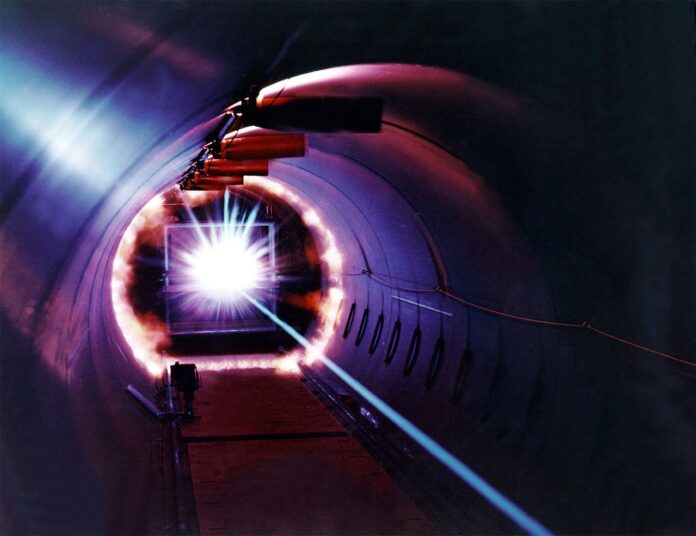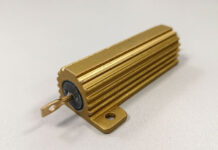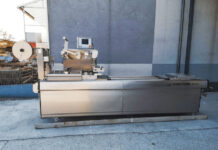Curious about what XRF analysis is and how it works? This blog post will delve into the concepts, applications, and benefits of XRF analysis, a non-destructive analytical technique used for identifying the elemental composition of materials. Let’s unlock the world of X-ray fluorescence analysis together!
Understanding the Basics of XRF Analysis
XRF, which stands for X-ray Fluorescence, is a method used primarily for elemental analysis of materials. It’s an intriguing technology that has found its way into multiple fields – from archaeology to environmental science, and from geology to industrial manufacturing.
At the core of XRF analysis is the principle of fluorescence. When an atom is excited by an external energy source, such as X-rays, it emits energy in the form of light. This emitted light, or fluorescence, is unique to each element, much like a fingerprint. By analyzing this light, we can determine what elements are present in the sample and in what quantities.
The Process of XRF Analysis
The XRF analysis process begins with the irradiation of a sample by X-rays or gamma rays. These high-energy photons can displace electrons from their atomic orbits, specifically from the inner shell, causing an unstable condition. An electron from an outer shell then replaces the displaced inner shell electron, and the excess energy is released as a characteristic X-ray.
The energy of this X-ray is unique to the element from which it was emitted, and by measuring this energy, we can identify and quantify the elements in the sample. The beauty of XRF analysis is that it’s a non-destructive technique, meaning the sample remains unaltered and undamaged.
Applications of XRF Analysis
The versatility of XRF analysis is truly astounding. In archaeology, it’s used to determine the composition of artifacts, helping to provide insights into ancient cultures. Environmental scientists use it to analyze soil and sediment samples, aiding in the detection of contamination.
In the industrial field, XRF analysis is used to verify the composition of metals, ensuring quality control. It’s also used in the field of art and historical conservation to identify pigments in paintings and other artifacts, helping to guide restoration efforts.
Why XRF Analysis Matters
XRF analysis is more than just a tool for scientists – it’s a critical method that helps us understand the world around us. From uncovering the secrets of ancient civilizations to ensuring the safety of our environment, the applications of XRF analysis are vast and important.
Moreover, the non-destructive nature of XRF analysis makes it an invaluable tool in many fields. In the world of historical conservation, for example, it allows for the analysis of precious artifacts without causing any damage.
In conclusion, XRF analysis is a fascinating field that combines physics, chemistry, and technology to offer a window into the elemental composition of the world around us. Whether you’re a scientist, a student, or just someone with a curiosity for how things work, XRF analysis has something to offer.
Check more about: https://pdinstruments.com/en/fusion-technology/vulcan.html












